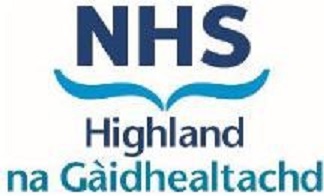PN should ONLY be given at Raigmore
- If PN is being considered elsewhere in NHS Highland, early discussion with the surgical or gastroenterology consultants is imperative to facilitate prompt transfer.
PN MUST be administered using aseptic technique to reduce the risk of catheter related blood stream infection
Once connected, PN SHOULD NOT be disconnected and re-connected under any circumstances due to the risk of CRBSI.
- If disconnected, the PN bag and giving set MUST be disposed of and the volume infused recorded on the fluid chart and in the medical notes.
PN can ONLY be administered on Critical Care, MHDU, wards 4B, 4C, 5A, 5C, and 7C, due to the high risk nature of the infusion, specialist training required, and maintenance of competency.

